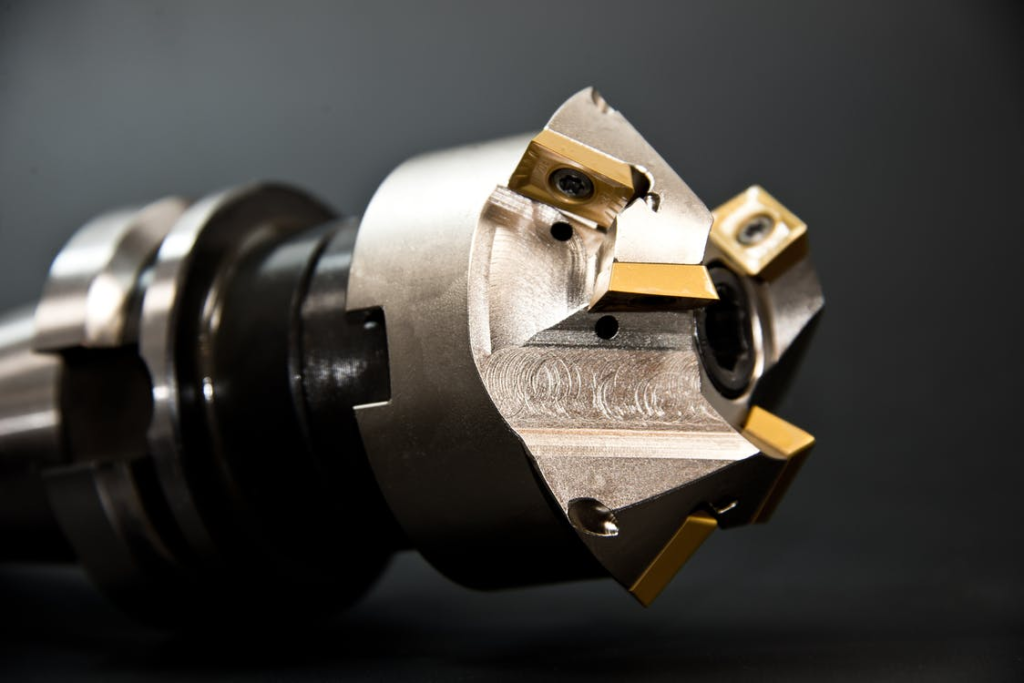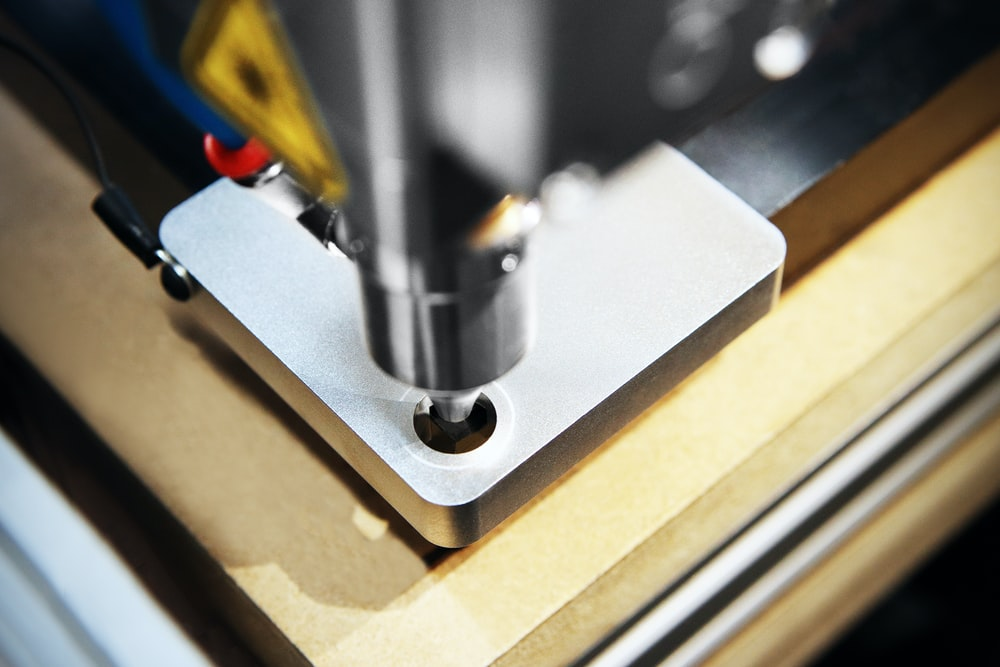Don’t let the name fool you. It may not sound like an eye-catching topic but boring is one of the most crucial processes in machining. It is one of the widely used techniques to finish holes. Ever wondered why mechanical parts in your car other machines have such slick and accurate holes? Well, boring is the answer to that.
Drilling is used to creating holes in rough surfaces. Boring comes after that as it is used to enlarge or refine these existing holes.
Types of Boring
There are several categories of boring that are dependent on the tools and holes being bored. Some of them are listed below:
- Line boring: In this type of boring process, an existing hole is enlarged to make the centerlines of two or more bores collinear. These bores can be found in large machines parts such as engines blocks and turbines.
- Back boring: In simple terms, the back boring process involves reaching through an existing hole and then boring at the back of the workpiece. For gun enthusiasts, it can be described as the opening of the barrel diameter from the chamber to the back of the choke.
Just like other precision machining processes like drilling, milling, and turning; boring processes can vary depending on the shape of the hole.
Tools Needed for Boring
Any CNC machine like milling and turning centers can be used for boring functions. However, there are specialized boring machines also available if you’re on the lookout for one. Horizontal boring machines and vertical boring machines are two examples. The most visible difference between the two boring jobs will be the type of cutting equipment used.
Dual-point cutting tools are used where surfaces are almost 180 degrees apart, on the other hand, single-point cutting tools can be used for closer surfaces. Challenging holes may require customized boring equipment. It is rare to have one boring tool for every surface, as every boring operation will bring up unique challenges and requirements.
When to Use Boring
There are several factors that operators should consider before deciding on the process of cutting or enlarging a hole. Operators might opt for drilling or reaming instead of boring if they feel that those processes will yield better results for the type of hole they require.
On the other hand, all three processes may be used to finalize the creation of a hole. Drilling may be used to create a rough hole, after which boring will enlarge it. In the end, reaming may be used to provide the finishing touches.
In general terms, boring is widely regarded as the best process to improve precision and reduce tolerances in machines. It is also known for its accuracy; however, it is not recommended to remove a large number of materials. Instead, drilling is used to create holes before boring.

If you’re looking for a quality boring solution, then check out MD Design & Automation. Our team is capable of providing quality boring solutions and we also provide CNC machining, 4 and 5 axis machining, short run machining, and more for affordable and accurate machine components in Wisconsin.
Apart from providing specialized jig and fixture design manufacturing, CNC prototyping, and other services that showcase our designing capabilities, we also offer CAD model and prints, CNC production, 4 and 5 axis machining, Jig grinding, precision grinding, cmm inspection wisconsin, electrical discharge machining, EDM machining, short run machining, manual milling turning wisconsin, wire electrical discharge machining, and more.
Contact us now or request a quote for your project.
